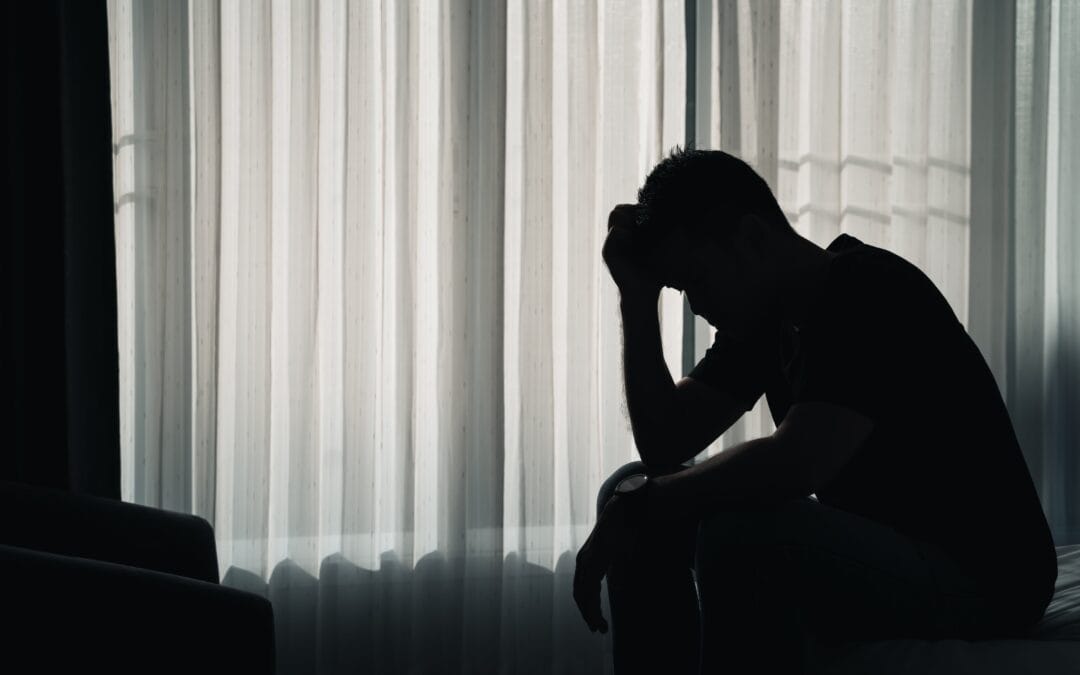7 Signs of Prescription Drug Abuse

In modern medicine, prescription drugs play a vital role in the alleviation of pain, the management of chronic conditions, and the improvement of health overall. However, as these medicines become more accessible, the risk of misuse goes up. Prescription drug abuse has become an increasingly alarming concern, infiltrating homes, families, and communities.
Understanding the signs of prescription drug abuse isn’t just about awareness — it can help you realize that you need to get help for yourself or help someone you love do so. When you understand the reality of prescription drug abuse, it’s empowering to help you recognize the warning signs and proactively work toward prevention or intervention.
Most Commonly Misused Prescription Drugs
Prescription drug abuse is a complex, growing problem, with a lot of medicines being commonly misused because they have psychoactive effects. Many prescription drugs have legitimate medical uses, but at the same time, misuse can lead to severe health consequences and addiction.
Opioids
Opioid painkillers such as oxycodone (OxyContin), morphine, and hydrocodone (Vicodin) are among the most often abused prescription drugs. The medications are intended to manage severe pain, but when they are misused, they can create euphoria.
It’s not uncommon to have an initial prescription for opioids for a legitimate reason, such as after an injury or surgery, but then the development of a tolerance can occur. This can lead to the ongoing desire to have euphoric effects, leading to opioid misuse and dependence.
Benzodiazepines
Benzodiazepines include alprazolam (Xanax), lorazepam (Ativan) and diazepam (Valium). These medications are prescribed to treat sleep and anxiety disorders. These medications have a calming effect and can trigger relaxation and euphoria as well. The risk of dependence on benzos goes up when someone takes higher doses or uses them for an extended period.
Stimulants
Stimulants that are used to treat attention deficit hyperactivity disorder (ADHD) include Adderall and Ritalin. These medicines improve focus and attention in ADHD, but when misused, they can create feelings of energy, focus, and euphoria.
Students and young adults are most likely to misuse stimulants to improve their academic performance or stay awake for long periods of time.
How Prescription Drug Misuse Starts
Most people who develop a dependence or addiction to a prescription drug start with legitimate use. The medicines might be prescribed to address a certain health concern, but then risk factors may contribute to substance abuse. These factors include:
- Appealing drug side effects like an improved mood or sense of energy or relaxation.
- Unsupervised access.
- Self-medication.
- Peer influence.
- Mental health factors.
7 Signs of Prescription Drug Abuse
While the symptoms of use can vary depending on the person and the medication itself, broadly, the following are some of the more common signs of prescription drug abuse.
- Behavioral changes: When someone is abusing prescription drugs, they may have changes in behavior, including mood swings, unexplained euphoria, and increased irritability. Drastic changes in personality or demeanor are often one of the first indicators that someone is under the influence of psychoactive substances.
- Physical signs: Physical changes that can be a sign of prescription drug abuse include dilated or constricted pupils, rapid weight loss or gain, and changes in personal hygiene. Impaired coordination and unusual movements can also indicate substance misuse.
- Doctor shopping: This is a term that refers to someone seeking prescriptions from multiple healthcare providers without disclosing their full medical history. The goal is to get more of the desired medication than a single physician or healthcare provider would prescribe.
- Social withdrawal: Prescription drug abuse tends to lead to social isolation as people prioritize getting and using substances over the maintenance of relationships. Signs of prescription drug abuse include withdrawing from friends and family, as well as social activities.
- Changes in sleep patterns: Insomnia or on the opposite end of the spectrum, sleeping too much or being excessively drowsy, can indicate prescription drug abuse.
- Neglecting responsibilities: When someone is struggling with prescription drug abuse, they’re likely to neglect responsibilities at home, school, work, and elsewhere. Examples include declining performance, missed deadlines, or frequently being absent.
- Financial problems: Financial difficulties are often linked to drug misuse and addiction. There are varying reasons for this, including the excessive amounts of money spent on getting medications illegally. Someone with a substance misuse problem might start borrowing money, sell their belongings, or engage in other desperate measures to fund their use.
Treatment Approaches for Prescription Drug Abuse
When someone struggles with prescription drug abuse, treatment is comprehensive and often includes a combination of interventions — medical, psychological, and behavioral. The goal of substance abuse and addiction treatment is to help people overcome their dependence and manage their withdrawal symptoms, address underlying contributing issues, and create a foundation for long-term recovery.
While everyone’s treatment plan should be tailored to their unique needs, some of the components can include:
- Medical detox: If a person is physically dependent on prescription drugs, they may need a supervised medical detox. During a medical detox, the dosage of a substance might be gradually reduced, or medications used to help the body adjust and eliminate the drug. Medical professionals provide close monitoring to manage withdrawal symptoms, improving comfort and safety.
- Medication-assisted treatment: MAT includes the use of approved medicines to help manage substance cravings and withdrawal symptoms. With opioid addiction, medicines like methadone, naltrexone, or buprenorphine may be prescribed under careful medical monitoring. MAT is meant to be combined with counseling and behavioral therapies for a holistic recovery approach.
- Individual counseling: In a one-on-one setting, addiction treatment often includes counseling. During individual counseling, individuals explore underlying issues contributing to substance misuse. Other goals include developing coping strategies and creating plans for recovery.
- Group therapy: This is a unique way to experience a socially supportive environment. Individuals share experiences, receive feedback, and learn from other people who are facing similar challenges. Group therapy reduces isolation, a major relapse risk factor. It includes skill-building exercises, discussions, and mutual support.
- Family therapy: Involving family and loved ones in treatment can benefit loved ones and the individual. During family therapy, skills worked on might include communication, rebuilding trust, and educating family members about the realities of addiction.
- Behavioral therapies: There are behavioral therapies for prescription drug addiction, including contingency management and dialectical behavioral therapy.
- Complementary therapies: These holistic treatment approaches include yoga, mindfulness, and meditation. Holistic approaches help promote relaxation and stress reduction and contribute to overall well-being.
If you’d like to learn more about overcoming prescription drug misuse or addiction, reach out to our team at Midwest Recovery Centers. In addition to the above components of treatment, our integrative process is holistic and includes aftercare and relapse prevention. Contact us for program information or to take the next step.




